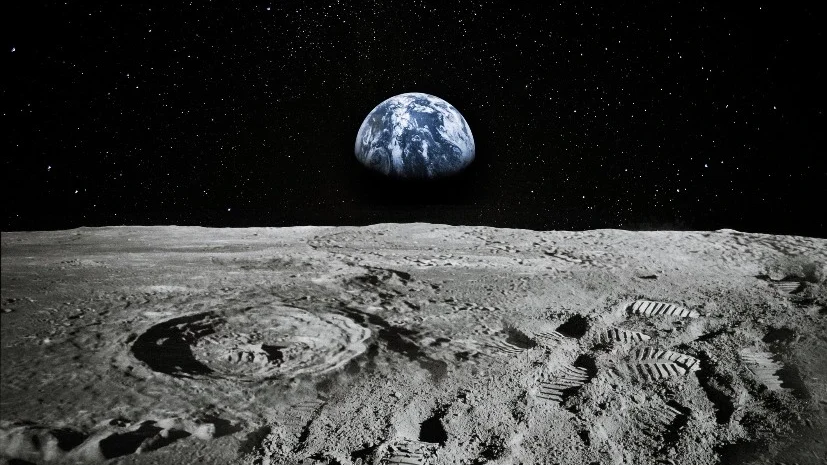Developing a rocket refuelling station on the Moon will forever revolutionise deep space exploration.
The 21st century space race is expected to be unlike any other as the US, Russia, China, and India prepare to send missions to the Moon with eyes set on the unexplored South Pole, according to ABC News.
The global race appears to be fuelled by capitalism as the mission is set to claim the untouched caps on the Moon to acquire access to water, which can make spaceflight to distant planets much more affordable.
After more than five decades, humans are preparing a return to the Moon in search for the key ingredient, which can be split into hydrogen and oxygen and can ultimately turn into rocket fuel.
Space travel is costly, and the plan by space programmes is to set up a pit stop at the Moon’s orbit, or a lunar base, in which petrol stations will allow provide a space to refuel for their next destination.
Just this year, NASA and the Canadian Space Agency (CSA) revealed the names of four astronauts who will venture around the Moon on Artemis II, anointed as the first crewed mission to establish a long-term presence there.
The mission’s ultimate goal is to make it to Mars, which has been NASA’s dream for decades.
Billions and billions
However, up until now, a mission to Mars is likely to cost several billions of dollars.
According to Business Insider, the current cost to put something into orbit is a staggering $10,000 per pound, while it’s estimated that it would cost $140 billion for the first nine trips to the Moon.
However, a report emphasised that a Mars trip without the refuelling stations could cost over $100 billion for transportation alone before the first Mars mission in 2035.
An entire Mars mission could total $230 billion.
During the 20th-century space race, the cost of sending a vessel into space averaged between $6,000 to over $25,000 (without inflation) per kg of weight.
NASA at the time drop a price of $28 billion to land astronauts on the Moon, which is about $288 billion in today’s dollars.
The hefty price tag for space travel appeared to be too much for the US space shuttle programme which eventually closed in 2011 after 134 flights racked up a cost of $209 billion.
The Artemis Accords
The South Pole on the Moon is the size of Tasmania, which raises concerns as several countries hope to mine on the small area of ice, and with the US, China, Russia, and India involved in the space race, mining ice is also expected to be politically complicated.
According to NASA, the US plans to put boots on the Moon by 2025, while China intends to arrive in 2030.
With already high tensions between the four countries, the United States has put forth an accord to encourage countries to cooperate peacefully, act transparently and responsibly, and rescue people who get into trouble while mining in space.
Titled the Artemis Accords, the deal has so far been signed by twenty-nine countries and one territory.
Despite being only a few years away, the space vision is still closer to science fiction than reality as neither of the four countries have provided a convincing and solid action plan for the mission.







